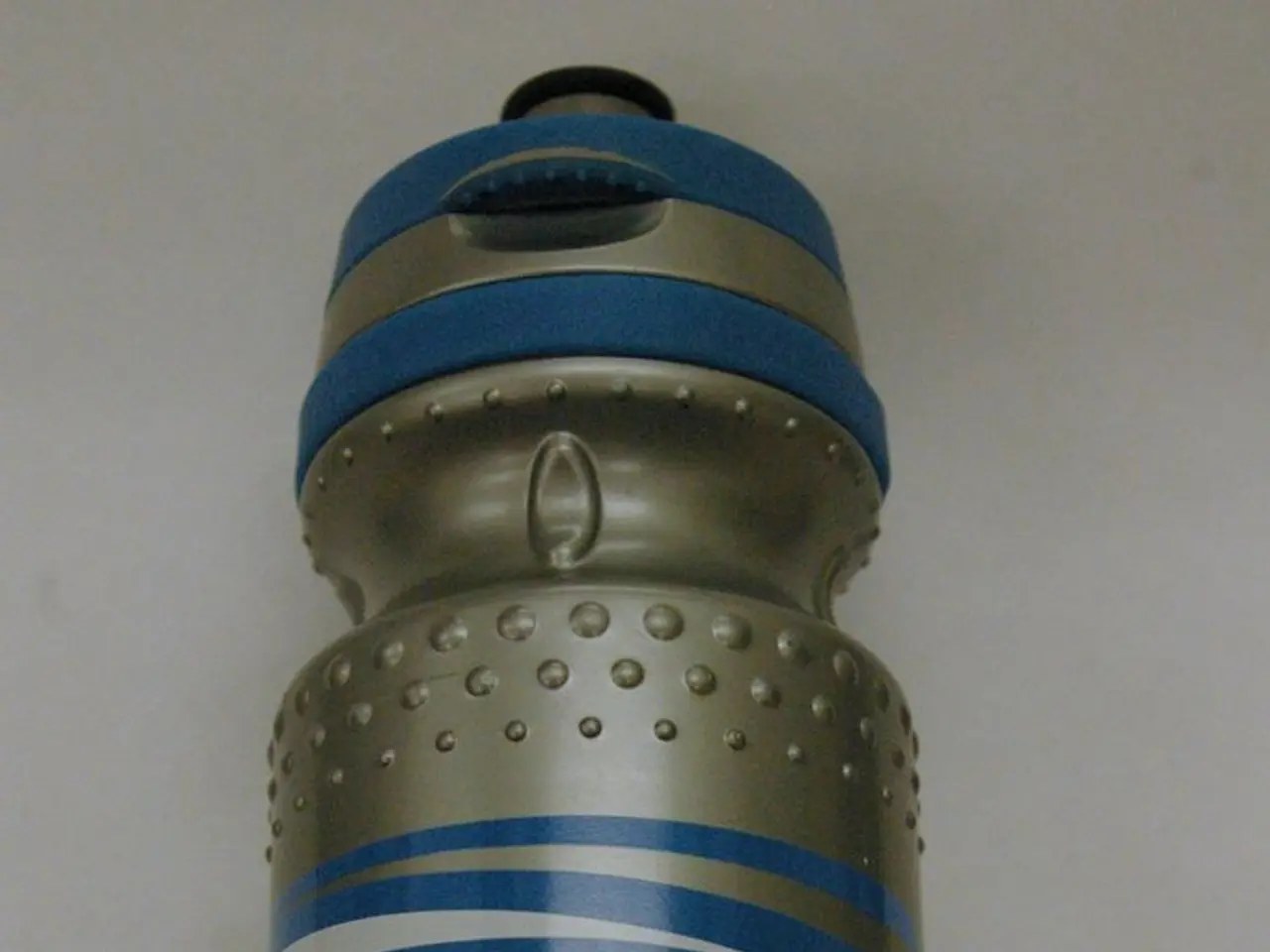Chemist Specialized in Nuclear Studies: Athol Rafter
Athol Rafter's Pioneering Work in Radiocarbon Dating
Athol Rafter, a nuclear chemist born in Wellington, New Zealand in 1913, made significant contributions to the development and accuracy of radiocarbon dating. His work improved the reliability and precision of radiocarbon age determinations, enhancing the method's overall scientific credibility and widening its application.
Rafter's pioneering work focused on refining the chemical pretreatment procedures used to isolate carbon samples. Removing contaminants that could skew results was crucial for obtaining accurate radiocarbon dates. His efforts helped standardize sample preparation, reducing errors from background contamination or sample degradation.
Another key contribution was the development of calibration standards. Rafter's work in this area allowed radiocarbon results to be compared consistently between laboratories around the world, creating a reliable radiocarbon dating framework.
Rafter's work also laid the groundwork for the later adoption of Accelerator Mass Spectrometry (AMS), which further improved the sensitivity and accuracy of radiocarbon dating.
Rafter's contributions to radiocarbon dating had a profound impact on archaeology, geology, and environmental science. By making radiocarbon dating more reliable, researchers were able to build more accurate chronologies for their studies, deepening our understanding of historical and prehistoric events.
In 1949, Willard Libby and colleagues developed radiocarbon dating using the radioactive decay of isotopes in solid carbon. Rafter's work in the 1950s built upon this foundation, improving the accuracy and precision of radiocarbon dating.
The measurement of C-14 in atmospheric CO2 started at Makara, Wellington in 1954, and Rafter's work in this area helped establish a long-term record of C-14 levels in the atmosphere. This record has proven invaluable for understanding changes in the Earth's carbon cycle and for detecting the effects of nuclear weapons testing on the global carbon cycle.
In 1957, Rafter and Gordon Fergusson published a paper in the New Zealand Journal of Science and Technology summarizing their findings from measurements of C-14 levels in the environment. They linked a measured increase in radiocarbon to nuclear weapons testing, a finding that drew international attention to the potential impacts of nuclear testing on the global carbon cycle.
Rafter's work also contributed to the development of the Bayesian statistical method, which further improved the accuracy of radiocarbon dating. The use of Bayesian statistics and modern computers allowed radiocarbon date ranges to be narrowed, providing more precise estimates of the ages of carbon-containing materials.
In 2006, a shift to using the Bayesian statistical method meant that radiocarbon dates were even more accurate. Accuracy was further improved using a calibration curve based on tree ring dating in the late 50s and 60s.
In 2012, the sediment of Lake Suigetsu in Japan preserved a time capsule of radioactive carbon dating back to 52,800 years ago. This discovery highlighted the importance of radiocarbon dating for understanding the Earth's history and the potential for radiocarbon dating to provide insights into ancient climates and ecosystems.
In 2010, a new accelerator mass spectrometer opened at the Rafter Radiocarbon Laboratory, making it the only facility of its kind in the southern hemisphere. This development further improved the accuracy and precision of radiocarbon dating, solidifying New Zealand's reputation as a leader in radiocarbon research.
Rafter's contributions to radiocarbon dating were recognised with numerous awards and honours, including an OBE (Officer of the Most Excellent Order of the British Empire) for services to science and education in 1958, and a DSc (Honorary doctorate in science) from Victoria University of Wellington in 1968 for his radiocarbon work and geothermal studies using oxygen isotopes.
Rafter died in 1996 at the age of 83, leaving behind a legacy of pioneering work in radiocarbon dating that continues to influence and shape our understanding of the Earth's history.
- Athol Rafter's significant contributions to the development and accuracy of radiocarbon dating, a method used in health-and-wellness by studying the effects of radiation on medical conditions, have led to advancements in technology and education-and-self-development, as better understanding of radiocarbon dating is essential for interpreting the Earth's history and environmental changes.
- Rafter's work in developing calibration standards for radiocarbon dating not only improved the method's scientific credibility within the realm of science, but also broadened its application in space-and-astronomy by providing a reliable framework for determining the age of cosmic material.
- The refinement of chemical pretreatment procedures by Athol Rafter, one of the pioneers of radiocarbon dating, has had far-reaching consequences for lifestyle choices, as improved radiocarbon dating techniques help researchers better understand the impact of human activity on the global carbon cycle and the environment.




